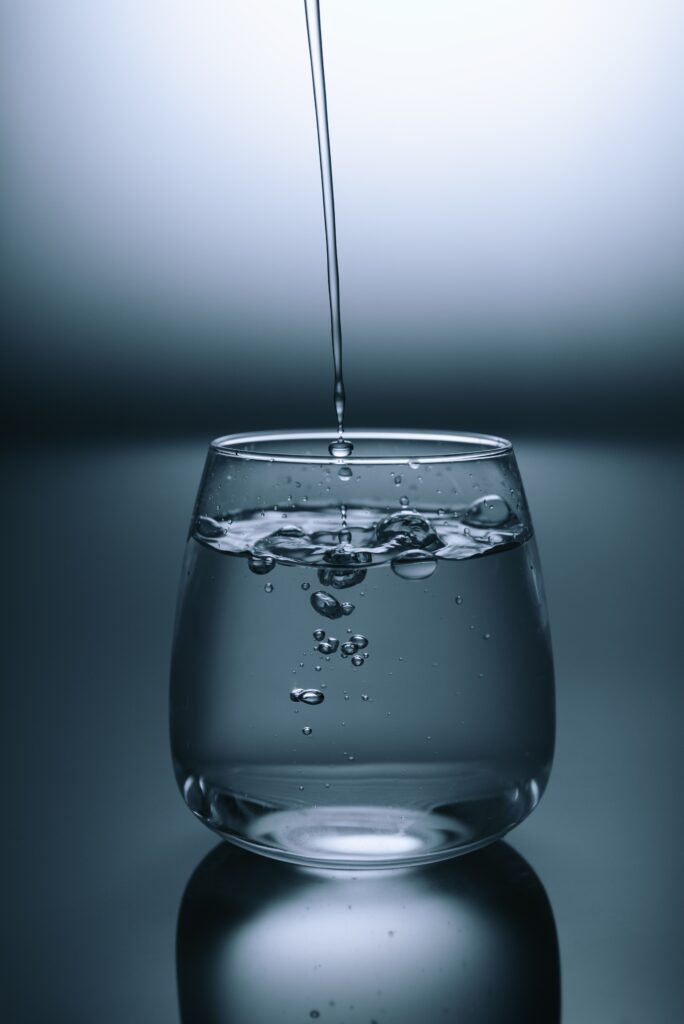Conserving Water Reduce Your Water Bill
In an era marked by environmental challenges and growing concerns over resource sustainability, the need for responsible water usage has never been more apparent. As we witness the global effects of climate change and escalating water scarcity, it becomes imperative for individuals and communities to take a proactive role in conserving this precious natural resource. Beyond the significant environmental impact, saving water offers a remarkable advantage for households: the ability to slash water bills.
Reducing your potable water usage can save money and help conserve a valuable resource.
This article will dive into how to save money using less potable water.
If you want to know how to save money, this is an excellent place to start.
If you are saving money as a single mom, you have probably tried other ways to save money, such as learning =how to save on utility bills using energy-efficient practices= and =shopping for secondhand items=.
You are making conserving water to reduce your water bill a logical next step.
Let’s dive into the most common ways to use less water and lower your water bill.
15 Ways to Conserving Water Reduce Your Water Bill
Conserving Water Reduce Your Water Bill is an excellent way to save money and help maintain a sustainable water supply.
1. Fix leaks promptly: Regularly check for leaks in faucets, pipes, and toilets, and repair them immediately.
2. Install water-saving fixtures: Replace old faucets, showerheads, and toilets with low-flow or water-efficient models.
3. Take shorter showers: Aim for shorter showers to reduce water usage, and consider using a shower timer to monitor time.
4. Turn off taps when not in use: Avoid leaving the tap running while brushing teeth, washing dishes, or doing other tasks.
5. Collect and reuse water: Save rainwater in barrels for outdoor watering or reuse cooled cooking water for plants.
6. Water plants efficiently: In the early morning or evening, water plants minimize evaporation and water loss.
7. Use a broom instead of a hose: Sweep driveways, sidewalks, and patios instead of hosing them down.
8. Check for toilet leaks: Place a few drops of food coloring in the toilet tank to detect hidden leaks.
9. Only run full loads: Wait until your dishwasher or washing machine is full before running them.
10. Soak dishes before washing: Soak dishes with stubborn food residue to reduce the need for heavy rinsing.
11. Mulch Garden beds: Apply mulch around plants to maintain soil moisture and reduce the need for frequent watering.
12. Water plants based on needs: Group plants with similar water requirements together and avoid overwatering.
13. Fix irrigation system leaks: Regularly inspect and maintain your irrigation system to prevent water wastage.
14. Use a pool cover: Cover your swimming pool when not in use to reduce evaporation and water loss.
15. Educate and involve family members: Teach everyone in your household about water conservation and encourage them to adopt water-saving habits.
Conclusion
Incorporating these water-saving practices into your daily routine can significantly reduce your water consumption and save money. You will also contribute to water conservation efforts.
Conserving Water Reduce Your Water Bill is a win-win for everyone.

